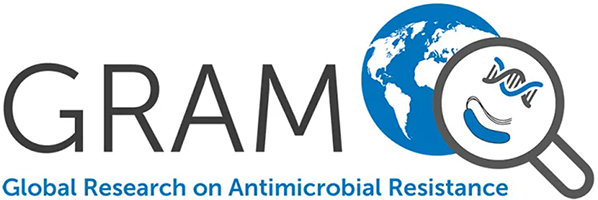Combined effects of hydrological conditions and socioeconomic factors on the seasonal dynamics of severe fever with thrombocytopenia syndrome in China, 2011–2022: a modelling study
Ge HH., Liu K., Ding FY., Huang P., Sun YQ., Yue M., Su H., Wang Q., Day NPJ., Maude RJ., Jiang D., Fang LQ., Liu W.
Background: Severe fever with thrombocytopenia syndrome (SFTS) is a tick-borne viral hemorrhagic fever with expanding geographical range. The determinants of the seasonal dynamics of SFTS remain poorly understood. Methods: Monthly SFTS cases from 604 counties in five provinces with high-notification rate in China (2011–2022) were analyzed using hierarchical Bayesian spatiotemporal and distributed lag nonlinear models. Cumulative and month-specific effects of meteorological factors were assessed, with socioeconomic factors as modifiers. Findings: The cumulative effect peaked at 21.97 °C (RR = 1.24, 95% CI: 1.10–1.40) and the month-specific effect peaked at 25.67 °C (RR = 1.38, 95% CI: 1.26–1.51) without time lag. Increased precipitation significantly amplified the risk of SFTS with a notable lag effect observed. Both drought and wet conditions heightened the risk of SFTS occurrence substantially, with cumulative RR peaking at 3.13 (95% CI: 1.58–6.23) for Standardized Precipitation Evapotranspiration Index (SPEI-1) of −2.5, indicating drought conditions, and peaking at 1.51 (95% CI: 1.00–2.27) for SPEI-1 of 2.16, indicating wet conditions. The highest month-specific RR was observed at an SPEI-1 of −2.5 with a 2-month lag and at 1.81 with a 1-month lag, respectively. The risk of SFTS was higher in low-urbanization areas during drought, while was higher in high-urbanization areas with wet conditions. Interpretation: Climatic factors significantly influence SFTS dynamics, with socioeconomic conditions modifying these effects. Integrating climate factors into surveillance and early warning systems is essential for targeted prevention and control. Funding: National Natural Science Foundation of China (No. 82330103 and No. 42201497), Youth Innovation Promotion Association (No. 2023000117), and the Wellcome Trust [220211].

